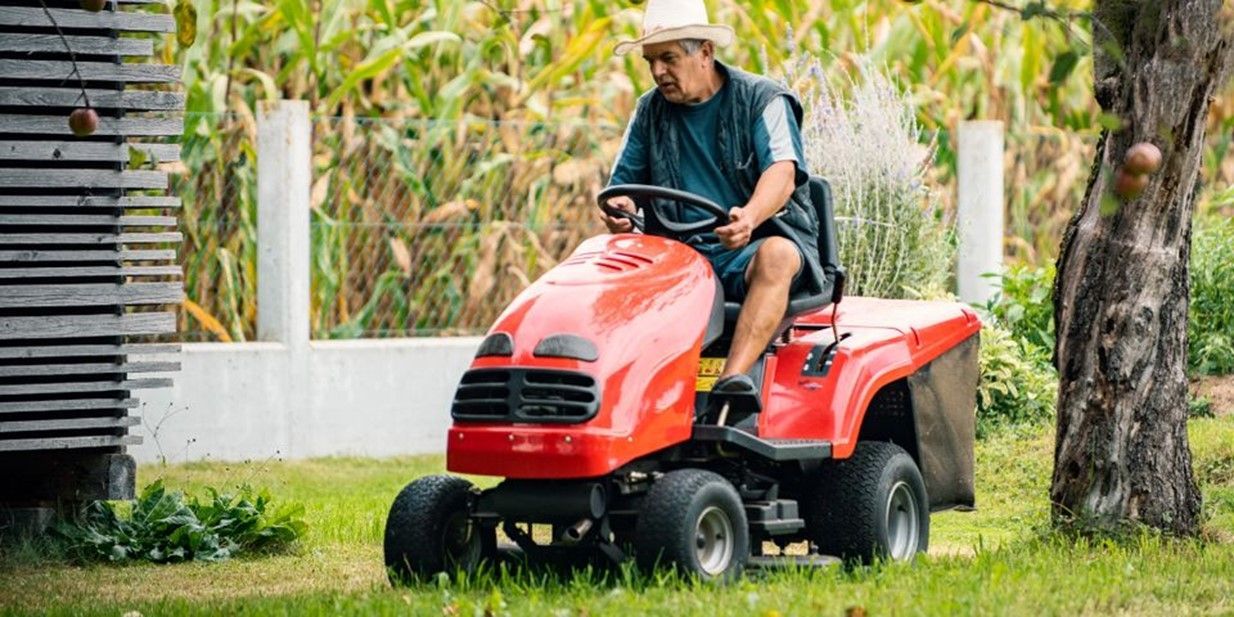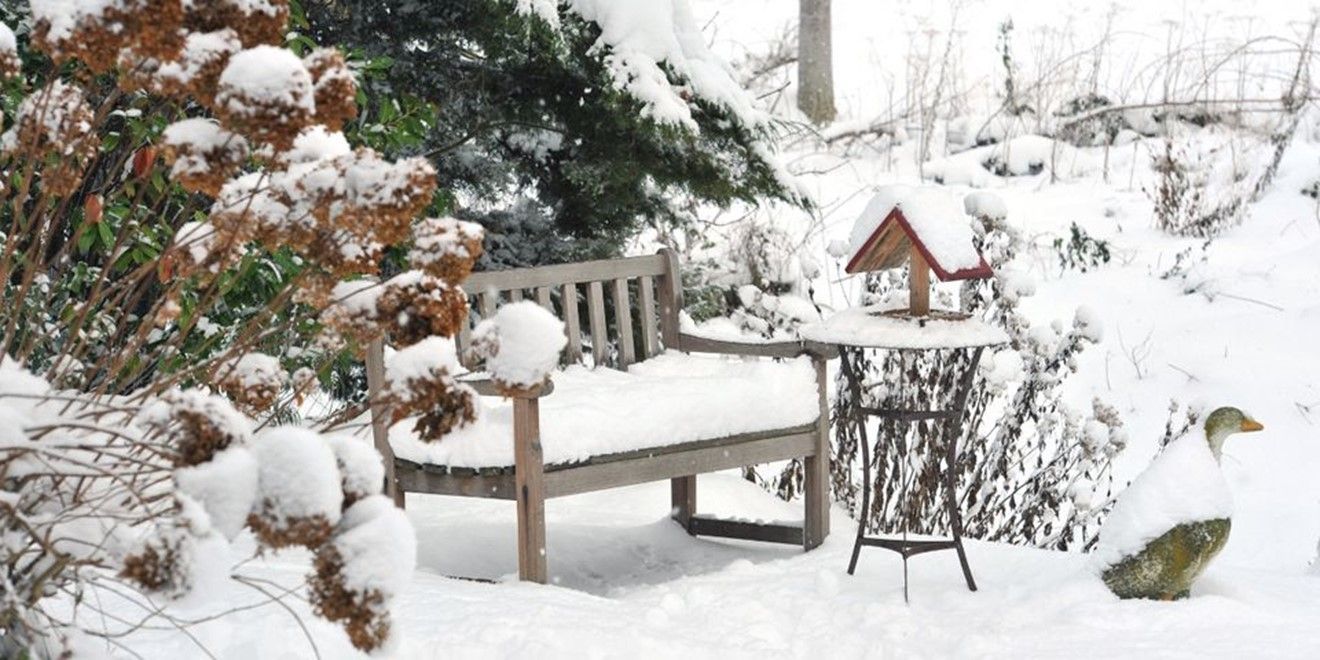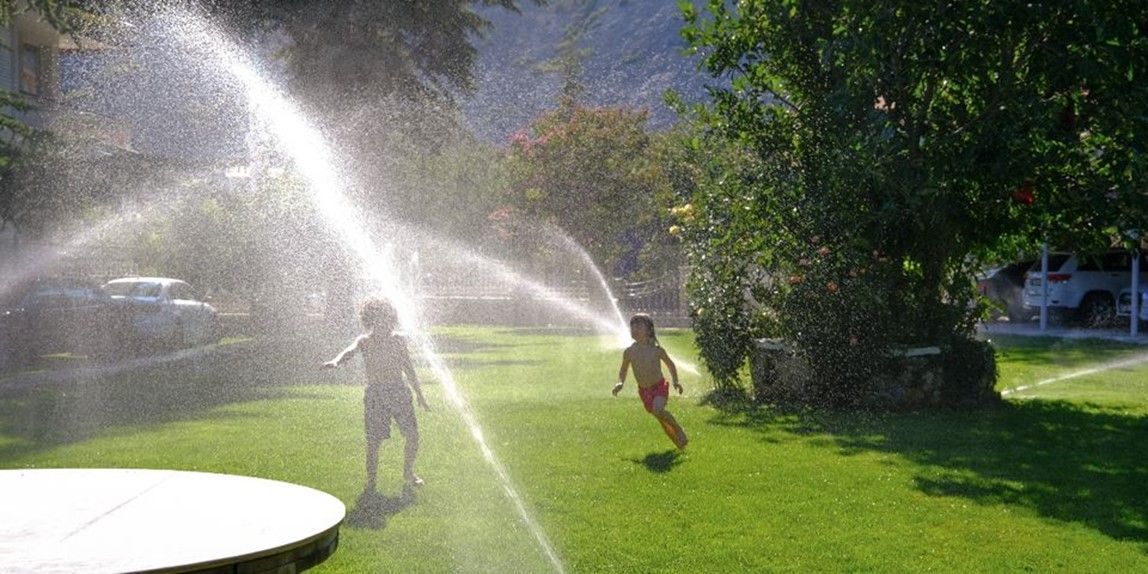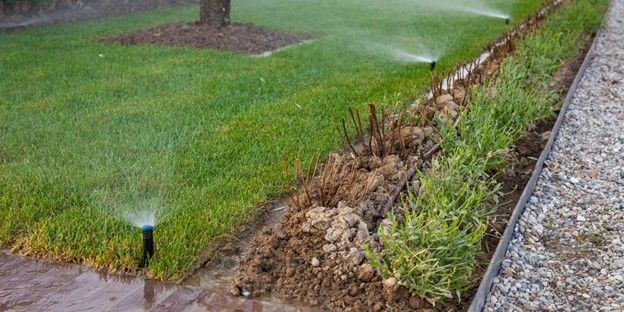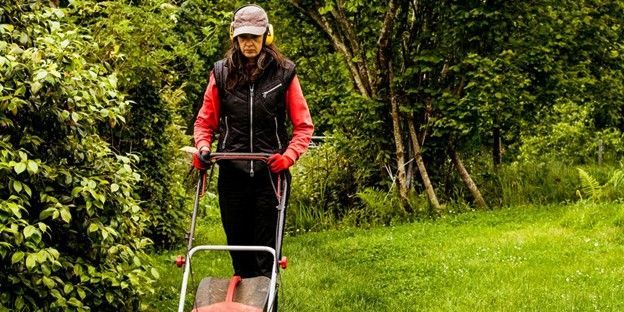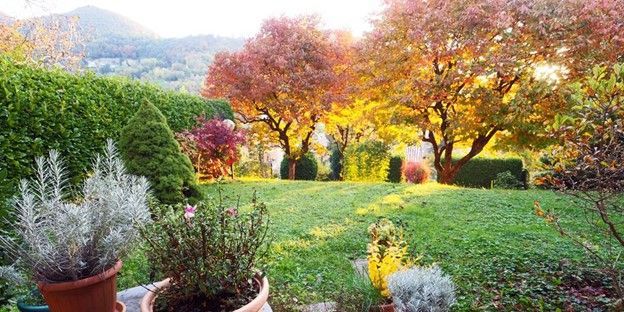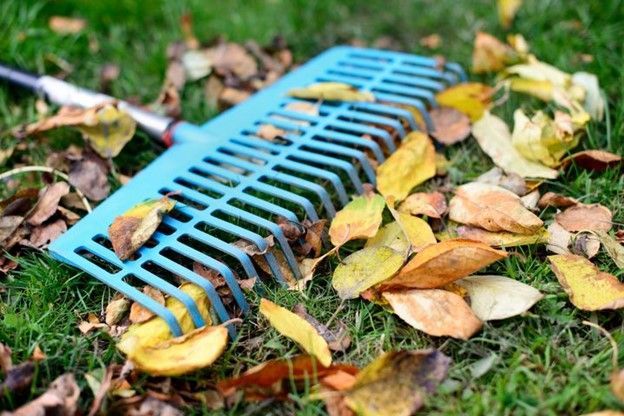Why It's Important to Fertilize Your Lawn In Early Spring
Snow Mold
Almost every species of grass is susceptible to snow mold, which will affect lawns in early spring. Once the snow melts away, the turf will have patches of brown, matted circles. As the disease spreads, the patches coalesce and expand until wind and sunlight eliminate the mold. However, the turf will remain infected, killing the grass time and again well into the next season.
Through aeration and strategic fertilization, snow mold can be treated and even prevented.
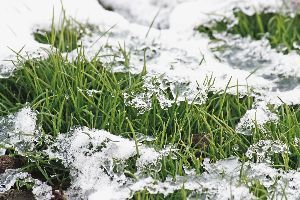
When Should You Fertilize Your Lawn?
Most Ohio lawns are comprised of cool-season or hybrid grasses. Their peak growing seasons are in the fall and spring. Fertilize so the grass can absorb the nitrate, phosphorous, and potassium it needs to grow in the spring. In early spring, the grass will need light fertilization to help awaken the lawn from dormancy and encourage healing from the long winter.
Maintaining the correct nutrient balance while accounting for grass type can be challenging. The professionals at Nature Plus Lawn & Irrigation can simplify the lawn fertilization process to ensure your property is lush and green when the season begins to change. This lawn care company has serviced Cincinnati, OH, and its surrounding areas for nearly 30 years. From weed killing and grub control to core aeration and irrigation installations, they'll ensure your grass is the talk of the block. For more information on their services, visit their website. You can schedule an appointment with them at (513) 755-9434.

